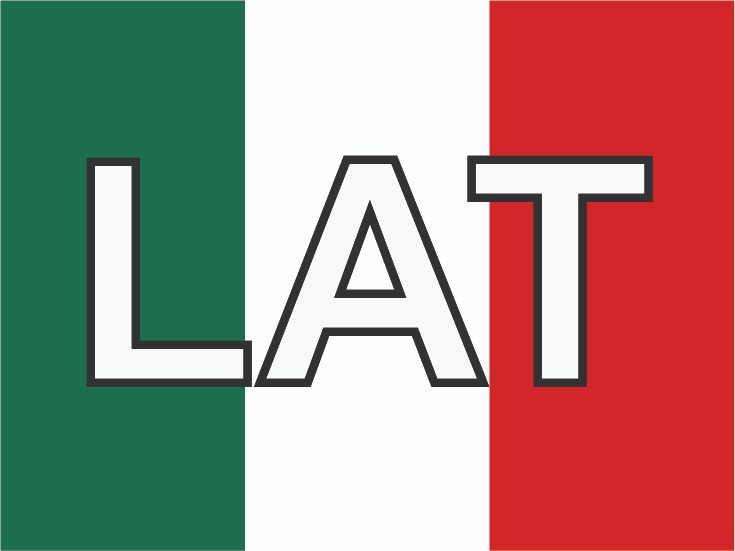Vivax malaria in children: clinical features and response to chloroquine.
Abstract
Introduction: In Colombia is not very common to find updated information about vivax malaria in children.Aims: Describe the clinical and paraclinical disease picture and evaluate the standard dose of chloroquine effectiveness as a cure for the acute attack of vivax malaria in children between 4 and 10 years old.
Methods: Experimental design, balanced, not blind, 82 patients and habitants in El Bagre and Turbo, Colombia. Follow-up: 30 days.
Results: Symptoms-signs agreed with the known. There were found 62% long-term malnutrition, 53% anemia, low retinol (19 μg/dl), normal leukocyte count, normal liver tests and normal creatinine coefficient. After 25-28 day of treatment, all alterations had disappeared on children except malnutrition. According with the analysis techniques, the chloroquine late failure proportion was: by the intention to treat 2.4% (0 to 24%), by the protocol 2.6% (0 to 25%), and in the worst-case scenario 7.3% (0 to 29%).
Conclusion: The clinical and paraclinical depict was similar than adults. Malaria, was the main responsible for clinics and paraclinical alterations. Chloroquine, without primaquine, proved highly effective for the acute attack of vivax malaria in children and should be retained as the first therapeutic option.
Authors
Downloads
Download data is not yet available.
Keywords
- Malaria
- Plasmodium vivax
- Chloroquine
- Efficacy
- Colombia
Submitted
2009-12-02
|
546 |
How to Cite
Carmona Fonseca, J., Uscátegui, R. M., & Correa, A. M. (1). Vivax malaria in children: clinical features and response to chloroquine. Colombia Médica, 39(4), 364-377. https://doi.org/10.25100/cm.v39i4.618
Issue
Section
Original Articles
The copy rights of the articles published in Colombia Médica belong to the Universidad del Valle. The contents of the articles that appear in the Journal are exclusively the responsibility of the authors and do not necessarily reflect the opinions of the Editorial Committee of the Journal. It is allowed to reproduce the material published in Colombia Médica without prior authorization for non-commercial use




















